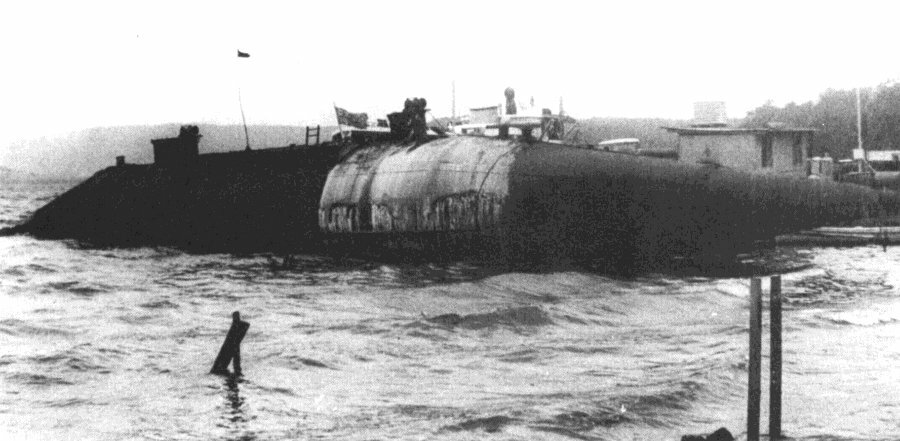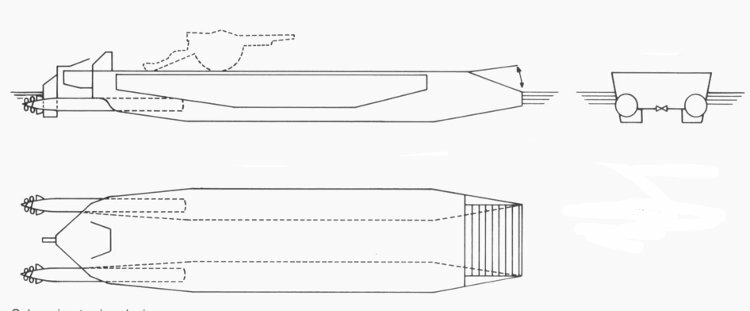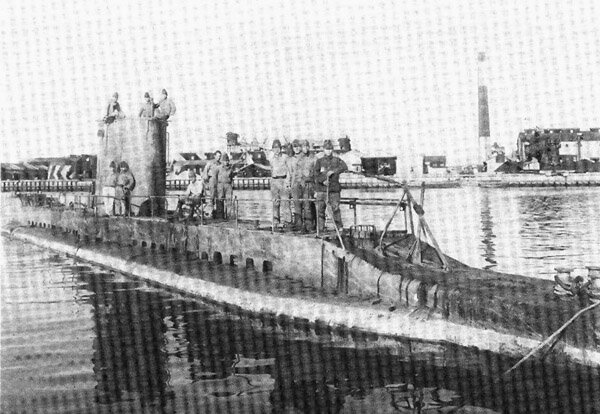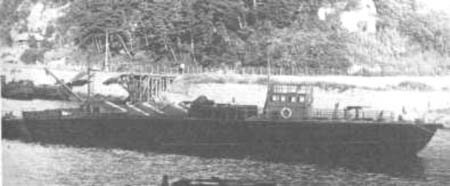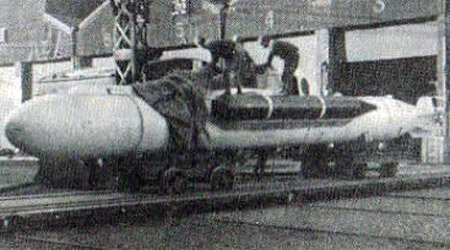VG33-Arsenal
ACCESS: Restricted
- Joined
- 18 November 2020
- Messages
- 2
- Reaction score
- 9
Hello, i'm looking to experimental projects for supplying isolated japanese garrisons in ww2.
For example: Special containers used with submarines.
Unkato, Tokugata Unkato, Unpoto.
Special waterproof landing craft on after deck of submarines.
How the supply were stoked on the deck ? With a net ?
I-36 had 12 Rubber containers with food supplying Guadalcanal
I-36 had also an Unkato Container for supplying Kiska.
I-38 was used to carrying Unpoto for Truk
Submarines typ D-1 special transport could be fitted with a landing craft on after deck but i don't find if it's a Dahaitsu or a Chuhatsu.
Source: combinedfleet
If you have drawings, pictures, some others additionnal information, i will very glad.
Happy new year.
VG33
For example: Special containers used with submarines.
Unkato, Tokugata Unkato, Unpoto.
Special waterproof landing craft on after deck of submarines.
How the supply were stoked on the deck ? With a net ?
I-36 had 12 Rubber containers with food supplying Guadalcanal
I-36 had also an Unkato Container for supplying Kiska.
I-38 was used to carrying Unpoto for Truk
Submarines typ D-1 special transport could be fitted with a landing craft on after deck but i don't find if it's a Dahaitsu or a Chuhatsu.
Source: combinedfleet
If you have drawings, pictures, some others additionnal information, i will very glad.
Happy new year.
VG33





